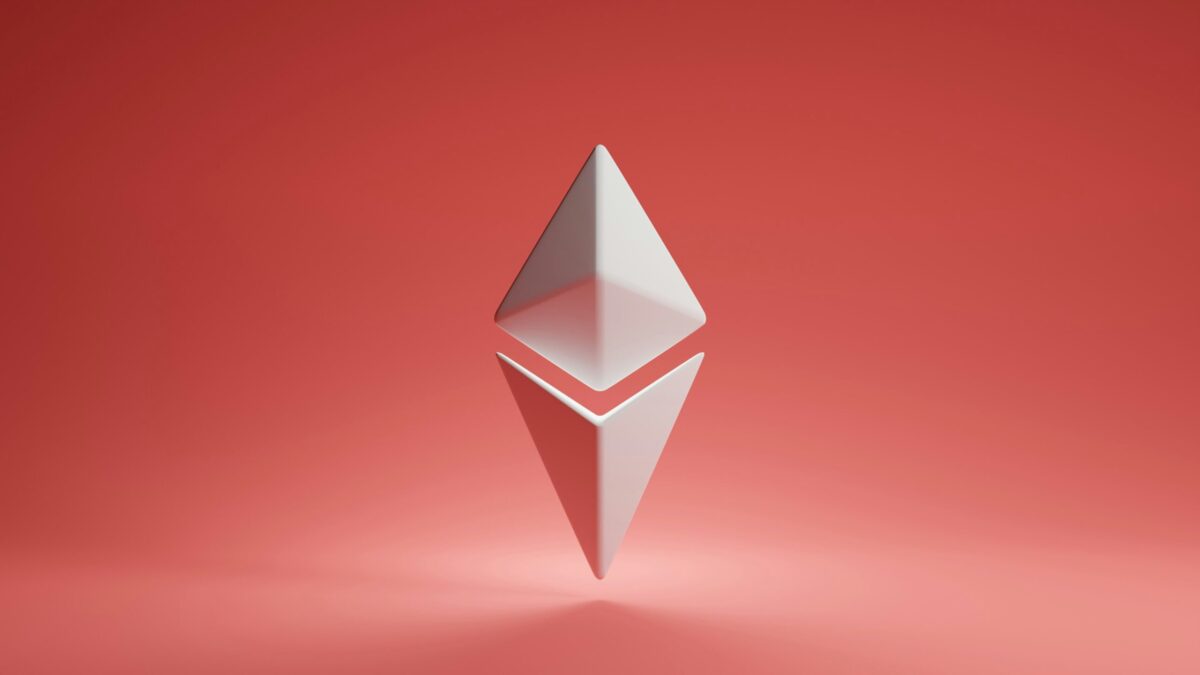Digital asset investment products saw another strong week, with $286 million in inflows recorded globally. This brings the total for the past seven weeks to a substantial $10.9 billion.
However, even with this steady capital inflow, total assets under management (AuM) dropped from $187 billion to $177 billion due to broader market corrections.
The decline came as volatility surged in the wake of a key US federal court ruling. The decision declared US tariffs unlawful, adding pressure across financial markets.
Bitcoin ($BTC), which began the week on solid footing, saw inflows early on but could not sustain momentum. It closed the week with $8 million in outflows, marking a reversal after six weeks of steady investment, during which $9.6 billion had flowed in.
Ethereum ($ETH), in contrast, drew in $321 million, topping all digital assets. This was its sixth straight week of positive flows, lifting its total inflows during that span to $1.19 billion – the strongest such streak since December 2024.
“Ethereum was the standout performer”, said CoinShares’ James Butterfill. The consistent interest has led analysts to suggest that investor sentiment is shifting in favour of Ethereum over Bitcoin.
XRP ($XRP) continued to face pressure, with $28.2 million in outflows. This marked the second consecutive week of negative movement for XRP, bringing its month-to-date outflows to $56.6 million.
Other assets showed mixed performances: Solana brought in $1.5 million, Sui ($SUI) attracted $2.2 million, and Cardano ($ADA) logged $0.1 million.
Chainlink ($LINK) posted modest gains with $0.8 million in inflows. Meanwhile, short Bitcoin products lost $3.6 million, and multi-asset products saw $2.4 million in withdrawals.
Despite continued inflows, the broader dip in AuM highlights the unpredictable nature of the current market. Short-term price weaknesses are keeping overall valuations down, even as more funds pour into individual digital assets.
Geographic diversification highlights shifting global sentiment
While the United States remained the biggest contributor to the weekly inflow figures, adding $199 million, notable increases in activity were seen in other regions.
Hong Kong recorded $54.8 million in inflows – the strongest performance since launching its crypto exchange-traded products (ETPs) over a year ago. Germany followed with $42.9 million, and Australia contributed $21.5 million.
These developments suggest growing international appetite for crypto investment products, even as some markets retreat.
Switzerland stood out as an exception, logging $32.8 million in outflows, which continues its pattern of net year-to-date losses.
Month-to-date figures further reflect regional trends. The US reported $6.074 billion in inflows, underscoring its dominance. Germany registered $215.1 million, while Hong Kong reached $138.1 million.
Canada, despite a week of positive flows, posted monthly outflows of $21.1 million. Sweden remained in the red with $45.6 million in monthly outflows.
Ethereum’s rise appears to be benefitting from this global redistribution of investor interest. With total AuM for Ethereum products now standing at $14.338 billion, the asset is positioning itself for broader adoption and deeper institutional engagement.
Adding to the optimistic outlook, Ethereum recently broke a significant psychological price level. It closed at $2,500.41 USDT, according to Binance Analytics.
Though the daily increase was only 0.40%, this breach is seen as technically significant. “ETH supply shock incoming”, noted Coin Bureau, highlighting that exchange balances of Ethereum are now at a seven-year low.
This reduced supply, paired with increased staking activity, could serve as a springboard for future price action.
Still, analysts warn that macroeconomic headwinds – particularly from the US – could pose challenges. The recent tariff ruling is one such factor contributing to heightened uncertainty and price swings.
“The President’s assertion of tariff-making authority… exceeds any tariff authority delegated”, the court wrote, triggering immediate responses across crypto and traditional financial markets alike.
Ethereum treasury strategies gain traction with institutional backing
Beyond weekly inflow figures, Ethereum’s growing stature in the crypto space is being reinforced by corporate interest in ETH as a treasury asset.
A notable example is the co-founder of Ethereum and CEO of Consensys, Joe Lubin, who recently revealed a strategic shift toward Ether accumulation inspired by a dinner conversation with Michael Saylor, a well-known advocate of Bitcoin as a corporate reserve asset.
“I was at a dinner with Michael Saylor”, Lubin recounted to Bloomberg. “I did a little bit of research, I started talking to my colleagues about how cool it could be”. This led to Consensys supporting SharpLink Gaming Inc.’s transformation into an Ether treasury company.
SharpLink recently secured a $425 million private placement to fund its Ether acquisition strategy, with Consensys leading the round.
The market response was immediate: SharpLink’s stock surged 400% on the day of the announcement and finished the week up nearly 1,000%.
This turnaround is particularly striking, as the company had faced a 50% decline in share price annually over the past three years.
“There will be ways for us to take in more capital for us to buy more Ether”, Lubin said, citing Saylor’s use of share issuance and convertible bonds as a potential model.
However, he emphasised that SharpLink would proceed cautiously. “We’ll not take excessive risk”, he added.
The appeal of ETH as a treasury asset goes beyond price speculation. Companies holding ETH can stake their assets, helping to secure the Ethereum network while earning returns.
“We anticipate that our actions and similar actions will drive a huge amount of demand for Ether”, Lubin noted, predicting broader institutional adoption.
While Bitcoin has long been marketed as “digital gold”, Lubin acknowledged that Ethereum’s messaging has been less clear. Still, he believes the potential is enormous.
“It shouldn’t be hard to believe that Ether will be a big part of that paradigm shift”, he said, referring to the transition to a decentralised global economy.
Institutional excitement could be further fuelled by regulatory developments. Reports indicate that BlackRock is lobbying for US SEC approval of a spot Ethereum staking ETF. If granted, such a product could significantly boost Ethereum’s mainstream appeal.
“BlackRock is reportedly pressuring the SEC to approve the ETH staking ETF within the next two weeks. If it happens, Ethereum could teleport straight to $12,000”, said Coinvo, a crypto trader and founder.
This sentiment is supported by recent developments, including the successful Ethereum Pectra upgrade in May, which improved the network’s staking efficiency and scalability.
That same week, Ethereum led inflows with $205 million, reinforcing the asset’s growing momentum.
As Lubin concluded, Ethereum’s potential is not just technological – it’s financial and strategic. “We are builders, not exploiters. We expect there will be years, possibly decades of growth in our ecosystem ”, he stated.
With a shifting macro landscape, continued innovation, and renewed investor confidence, Ethereum’s recent performance signals more than a market anomaly.
Whether this will translate into long-term dominance remains to be seen, but for now, Ethereum has clearly seized the spotlight.


